conversation
with you!
You have our ear and we can’t wait to hear about your idea! Share your details here and we will make sure to schedule a coffee date with you soon.
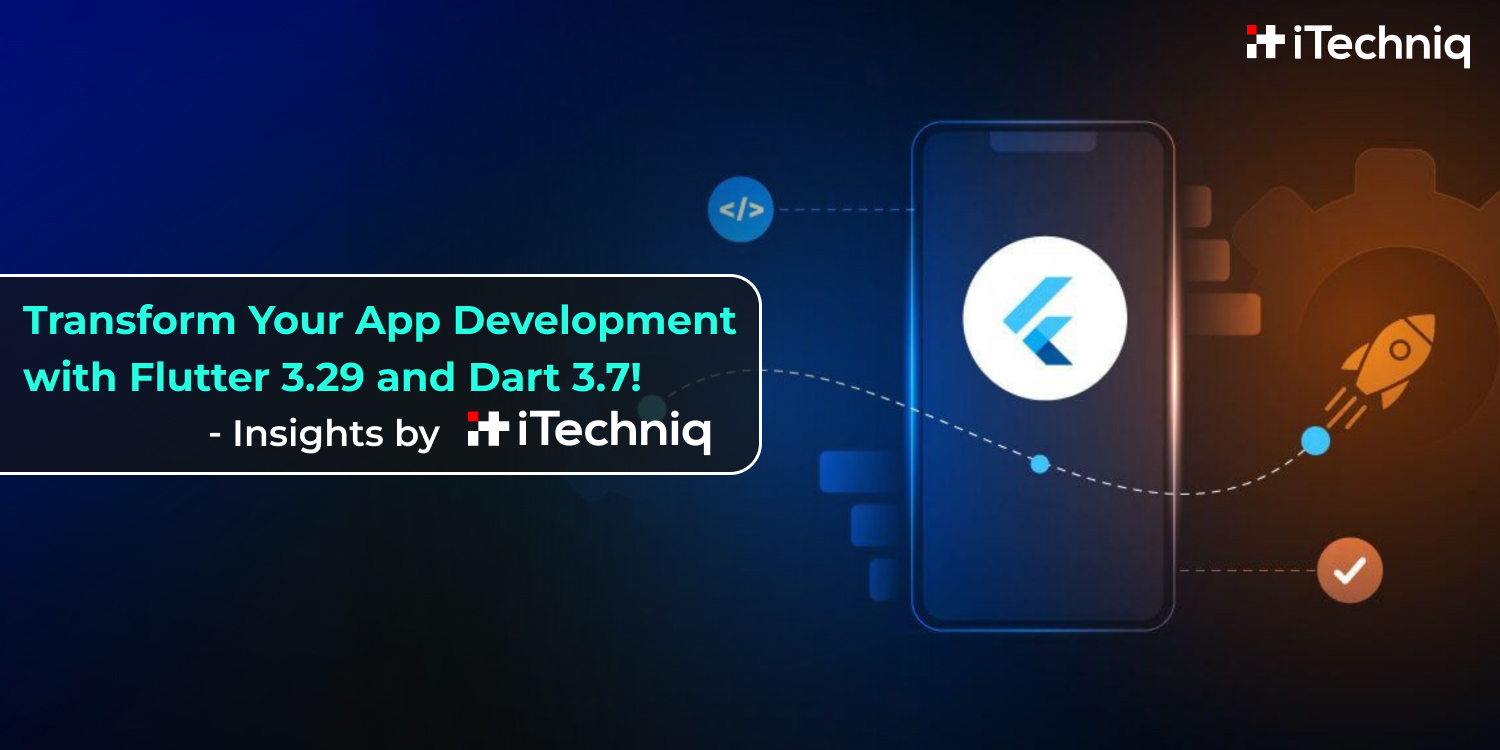
For mobile app developers, there is always a quest for methods to accelerate their work, streamline it, and ultimately make it more enjoyable. With the Flutter 3.29 and Dart 3.7, one of the most anticipated developments in the field has finally arrived. These upgrades aim to not only make app development smoother but more potent for business, as well as developers. Since being a Flutter application development firm ourselves, we here at iTechniq are really looking forward to these upgrades to these tools and the ways it will assist us in providing improved Flutter application development services to clients.
In this blog, we will discuss the most important features and enhancements brought to Flutter 3.29 and Dart 3.7 and how they can take your app development to the next level. Whether you want to upgrade your current apps, create cross-platform solutions, or even venture into AI app development, these updates have a lot to offer.
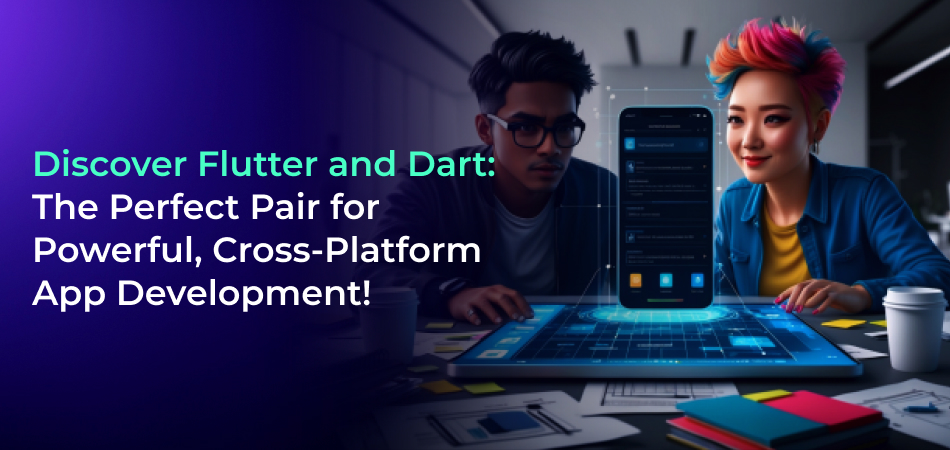
To precede the launch into the fresh enhancements of Flutter 3.29 and Dart 3.7, there must be clarity over what Flutter and Dart entail. Flutter is one of the prominent open-source UI toolkits conceived by Google used to construct elegantly looking natively compiled programs for the web, desktop, and mobile out of one set of codes. Dart is also a software application created by Google and that works as an accessible language for humans, rapid code execution, with high productiveness.
For developing apps with Flutter, this combination of Flutter and Dart enables developers to develop high-performing, great-looking apps fast. And here’s the clincher: You only need to write your code once, and it executes both on Android and iOS. That makes developing Flutter apps highly cost-effective and efficient, particularly for companies wanting to reach across platforms. No matter if you’re a flutter app development company in UK or dealing with a flutter app development agency, these tools are now crucial in providing high-quality apps.
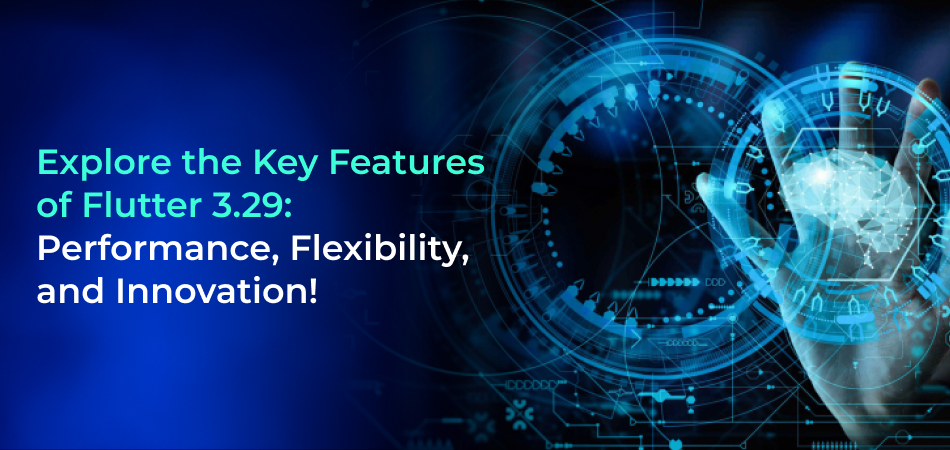
Flutter 3.29 includes many key enhancements that make the development easier, improve performance, and make the development cycle more seamless. Let us divide the major upgrades:
One of the key reasons Flutter has become so popular is that it is highly performant. With Flutter 3.29, there is an added focus on making apps even faster and more stable. This release has made the app start up faster and made animations smoother, even in complex situations. This is especially crucial for mobile app development because users expect lightning-fast performance on both iOS and Android platforms.
Faster Startup Times: App launch time is one of the important performance metrics of any mobile app development company in UK. Flutter 3.29 has drastically cut down the startup time, offering the user a quicker experience as soon as the app is opened.
Flutter 3.29 has simplified native features integration into apps more than ever before. It is important to developers who should integrate Android app development or iOS app development capabilities into their Flutter apps. Improved platform channel support is introduced with the update, allowing easier native device features such as sensors, cameras, and geolocation.
DevTools is a crucial collection of tools for debugging and profiling Flutter applications. In Flutter 3.29, the Flutter DevTools have been greatly improved, resulting in a more efficient and pleasant development process. It has improved memory profiling tools, a new widget inspector, and better performance monitoring, all intended to give developers real-time feedback on how their apps are running.
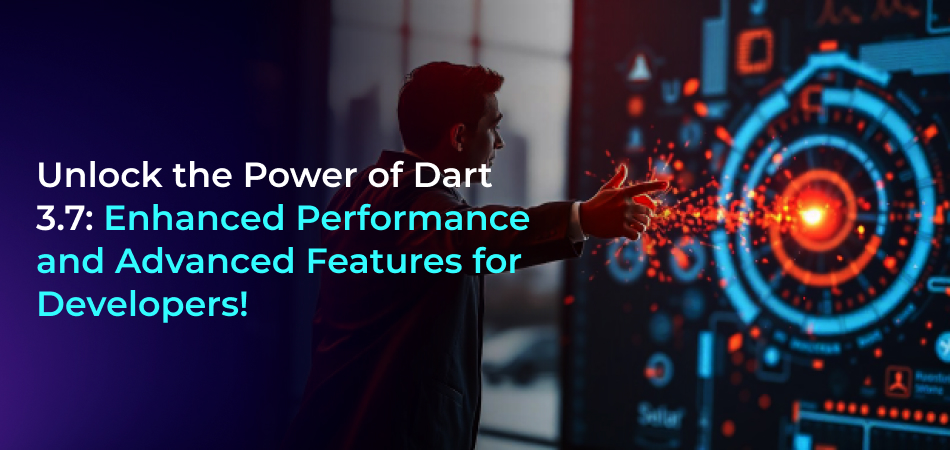
Having discussed the new interesting features in Flutter 3.29, let’s proceed to Dart 3.7. Dart is an integral component of the Flutter platform, and its enhancements reflect directly on the performance and adaptability of Flutter app development.
Dart 3.7 features numerous enhancements in language features, such as better type inference and more advanced null-safety features. These enhancements make it easier for developers to create cleaner, more stable code with fewer chances of runtime errors.
Dart 3.7 brings enhancements to asynchronous programming, and it is simpler to manage concurrency in applications. This is especially useful while creating applications with concurrent tasks, like fetching data or background operations.
As the ecosystem of AI app development expands, Dart 3.7 and Flutter are progressing to enable even more advanced AI and machine learning capabilities. With improved compatibility with TensorFlow Lite and other ML technologies, Flutter app development is the perfect option to create AI-based apps.
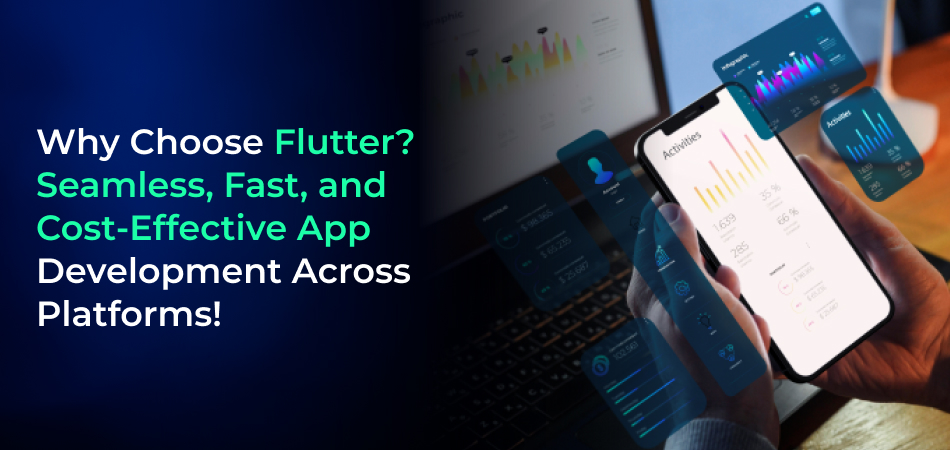
One of the greatest benefits of Flutter is that it can offer cross-platform app development. With Flutter app development, companies can reach iOS as well as Android users with one codebase, lowering development costs and time-to-market.
Flutter’s hot reload feature enables developers to see the changes made to the code in real time without having to restart the app. This accelerates the development cycle immensely, facilitating quick iteration and minimizing downtime in development.
Flutter provides a rich collection of pre-made widgets and tools for building highly customizable UIs. Developers can also define their own widgets and build distinctive UIs for their apps.
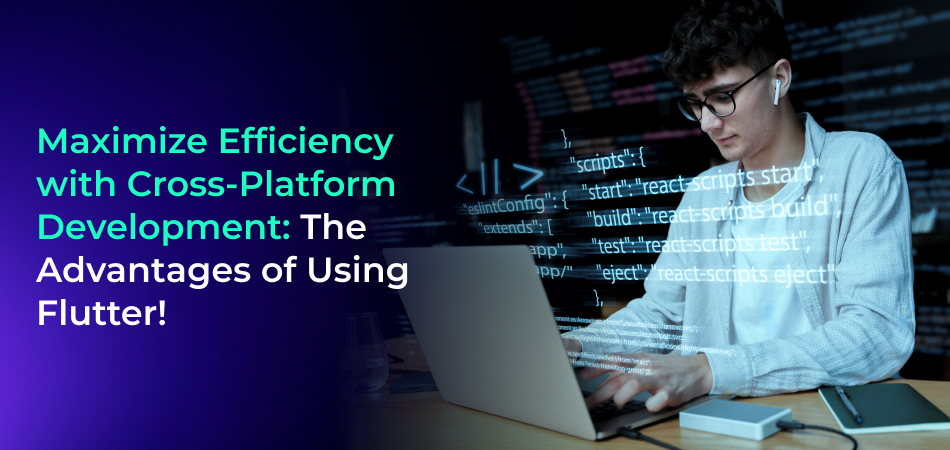
With the growing need for cross-platform app development, Flutter is one of the strongest frameworks to develop high-quality apps that function smoothly on both iOS and Android. For companies and developers who operate in the field of Flutter app development—be it a Flutter app development agency or a Flutter app development company in UK—Flutter’s cross-platform nature provides a number of important benefits.
Developing two individual apps for iOS and Android is a costly and time-consuming exercise. Using Flutter’s cross-platform feature, you can dramatically minimize the cost as well as time to market your app across several platforms. Programmers can code a single base and roll it out on both platforms, not only reducing development time but also avoiding the requirement of having to maintain two separate codebases in the long run.
Another shining point of Flutter app development is the capability to offer a uniform user interface (UI) and user experience (UX) on both iOS and Android. In contrast to other frameworks, Flutter sees that the user interface is the same on all platforms, which is important for brand unity and retaining users. This is particularly precious for businesses that wish to have the same amount of quality on both the platforms.
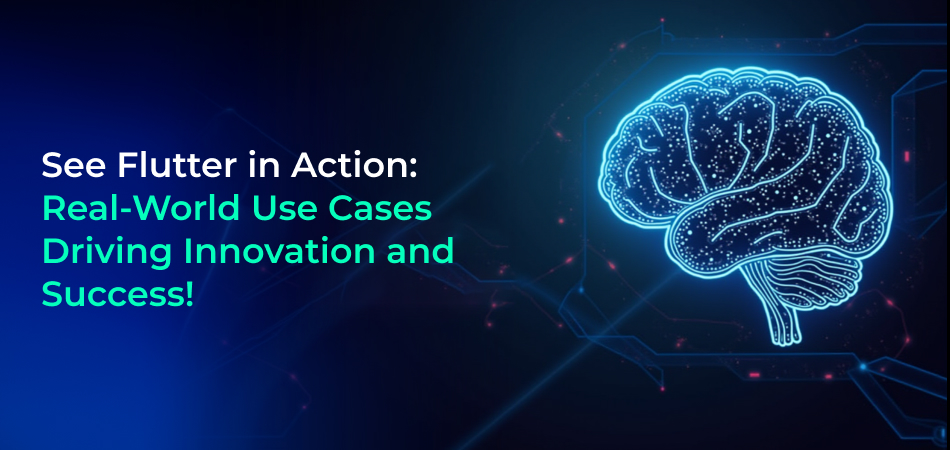
Flutter is not a hypothetical tool—it’s being utilized by businesses across the globe to create real-world, production-grade apps. Below are some examples of how businesses, including a Flutter app development company in UK, are utilizing Flutter for creating high-performance mobile apps.
Google Ads, one of the most popular mobile apps for advertising campaign management, was developed using Flutter. Through the use of Flutter app development, Google Ads managed to simplify the process of developing a cross-platform app, where they could provide a uniform experience to users across both iOS and Android platforms. The performance of the app is great, and it is a shining example of how Flutter manages to deal with large-scale apps with intricate functionalities.
The My BMW app, through which BMW owners control and monitor their cars, is yet another success story developed with Flutter. The app boasts a range of features from remote control of the car to real-time location tracking and diagnostic data. Flutter app development enabled BMW to develop a rich, interactive, and visually appealing app that works just as well on iOS as it does on Android, with native-level performance.
Reflectly is a journal app powered by AI that aids in managing one’s mental health. It is based on Flutter to provide a smooth, easy-to-use interface with no lag and fast design. Reflectly also incorporates machine learning to provide tailor-made recommendations, making it a prime example of AI app development based on Flutter. Reflectly can be used on iOS and Android platforms due to the capability of Flutter app development services.
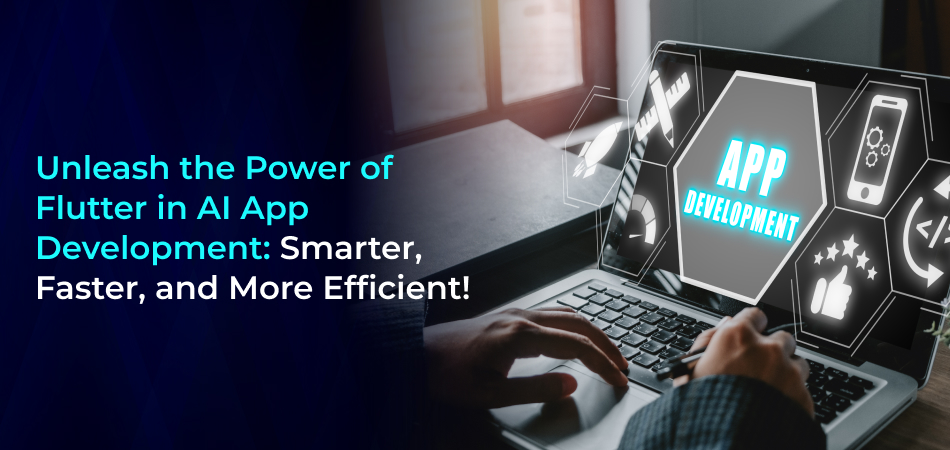
With companies increasingly embracing AI app development, the demand for frameworks that can accommodate machine learning and AI integrations has never been greater. Flutter 3.29 and Dart 3.7 bring a number of enhancements and features that make it simpler to add AI and machine learning capabilities to mobile apps, whether you are developing an Android app or an iOS app project.
Perhaps one of the most thrilling additions in Flutter 3.29 is the better integration with TensorFlow Lite, which is Google’s open-source deep learning framework for mobile and embedded devices. Through this integration, developers can create AI apps that will be able to execute complex machine learning models right on mobile devices, without any requirement for an ongoing internet connection. Whether you’re creating a fitness app that tracks movements or a photo recognition app, TensorFlow Lite’s ability to run on-device models significantly improves the app’s responsiveness and reliability.
Dart 3.7 also brings with it a number of optimizations for the execution of computationally heavy processes, including machine learning algorithms, on mobile devices. Developers are now able to create and deploy AI applications that can process complicated data without impacting performance.
Flutter includes a suite of pre-built widgets that are simple to tailor for AI application development. From voice recognition applications to image classifiers or even chatbots, the widget pool of Flutter has got you covered. With Flutter, developers can rapidly develop AI-driven applications with beautiful, intuitive interfaces with incredible performance.
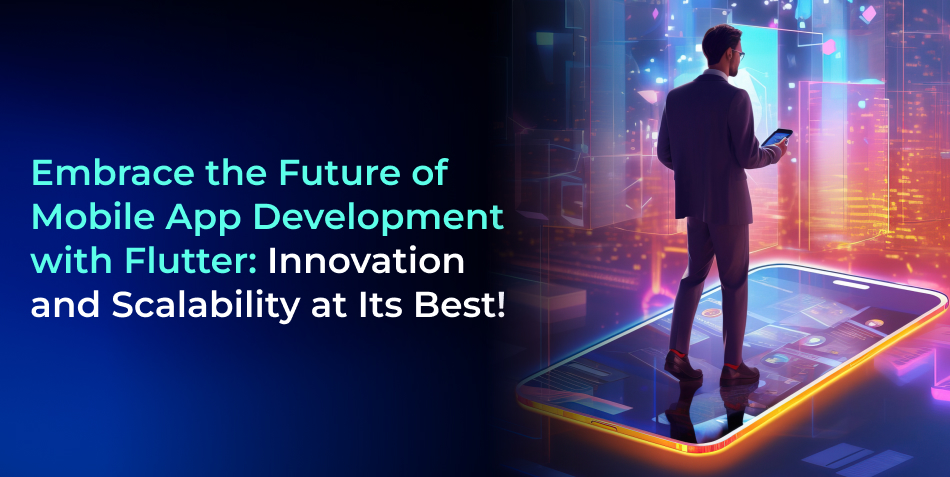
In the future, it is certain that Flutter application development will have an increasing impact on the future of mobile application development. As iOS app development and Android app development advance, Flutter offers a flexible solution that keeps up with new technologies and user needs.
Flutter’s open-source environment ensures that it will be evolving and improving in line with emerging technologies. As AI, machine learning, and AR/VR become the future, Flutter is already being streamlined to incorporate these technologies so developers are ready for what is coming.
The Flutter community is rapidly expanding, and as more tools and packages are created, Flutter will continue to become increasingly powerful and developer-friendly. Changes in Dart 3.7 already deliver better tooling for Flutter developers, and we can anticipate even greater innovations ahead.
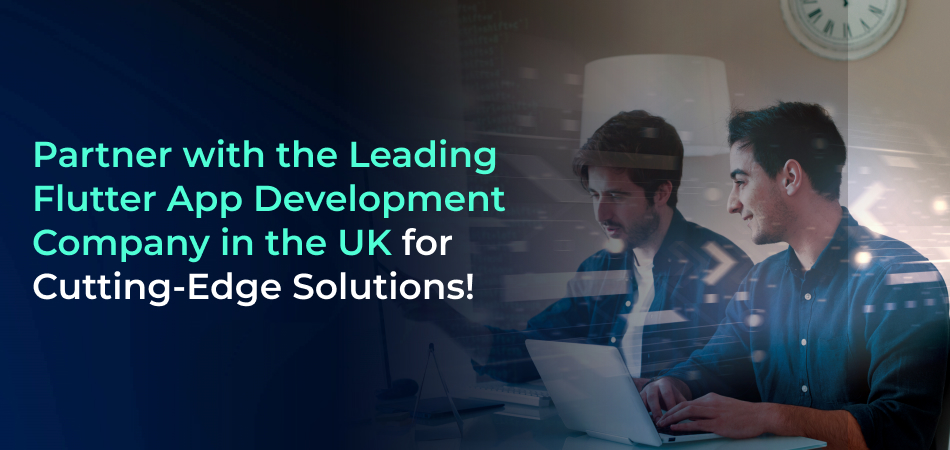
Being one of the top Flutter app development company in UK, iTechniq is dedicated to providing high-quality, scalable, and user-friendly mobile applications. Whether you need a bespoke Android app development solution or require an advanced AI app development platform, we have the expertise to turn your ideas into reality.
By harnessing the power of Flutter 3.29 and Dart 3.7, we ensure that your app not only meets but exceeds user expectations, providing functionality coupled with a better user experience. Our developers are trained in incorporating cutting-edge technologies, improving app performance, and ensuring your app functions seamlessly across various platforms.
Looking ahead, Flutter will continue to evolve, with regular updates improving functionality and expanding the ecosystem of available tools and packages. Whether you’re looking to build a simple mobile app or integrate complex AI features, Flutter will remain one of the most powerful and flexible frameworks available for cross-platform mobile development.
We are dedicated to keeping up with the latest mobile app development technologies at iTechniq. We’re eager to discover how Flutter and Dart continue to evolve the future of mobile app development and anticipate assisting businesses in developing innovative, intuitive mobile apps that lead to success. Get in touch with us now!